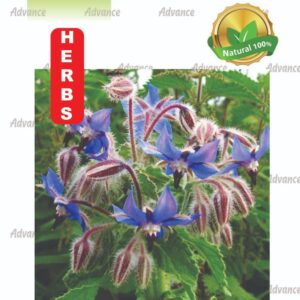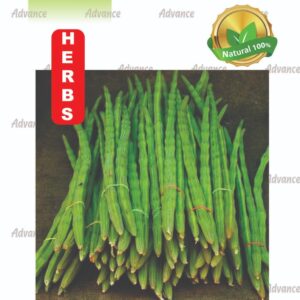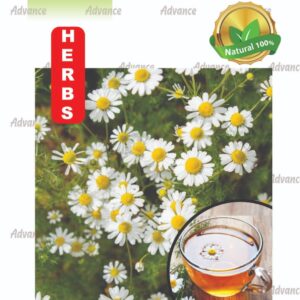Dill (Anethum graveolens) is a popular herb known for its feathery leaves and distinct, aromatic flavor. Growing dill from seeds is a straightforward process, and it’s a versatile herb that can be used in various culinary applications. Here’s a guide on how to grow dill from seeds:
Growing Dill from Seeds:
1. Seed Selection:
- Choose high-quality dill seeds from a reputable source. Ensure that the seeds are fresh and have a good germination rate.
2. Timing:
- Dill is best grown directly from seeds in the location where it will mature. Sow the seeds in the spring after the last frost when the soil has warmed up.
3. Soil:
- Dill prefers well-draining soil with a slightly acidic to neutral pH. It can tolerate various soil types but thrives in fertile, loamy soil.
4. Sowing Seeds:
- Scatter dill seeds directly on the surface of the soil, pressing them gently into the ground. You can also sow them in rows or clusters. Dill seeds require light to germinate, so avoid burying them too deep. Aim for a planting depth of about 1/4 inch (6 mm).
5. Sunlight:
- Dill thrives in full sun. Ensure that the planting site receives at least 6-8 hours of direct sunlight per day.
6. Watering:
- Keep the soil consistently moist during the germination period. Once the plants are established, dill is somewhat drought-tolerant. Water at the base of the plants to avoid wetting the foliage.
7. Thinning:
- Once the dill seedlings are a few inches tall, thin them to achieve proper spacing. Space the plants about 12-18 inches (30-45 cm) apart. Thinning helps improve air circulation and prevents overcrowding.
8. Mulching:
- Apply a layer of organic mulch around the dill plants to conserve soil moisture, regulate temperature, and suppress weed growth.
9. Fertilizing:
- Dill is not a heavy feeder. If the soil is well-prepared, additional fertilizer may not be necessary. However, incorporating compost or a balanced, all-purpose fertilizer can enhance growth.
10. Support (if needed):
- Dill plants are generally sturdy and do not require support. However, in windy conditions or if the plants become tall and leggy, you may consider staking for support.
11. Harvesting Leaves:
- You can start harvesting dill leaves once the plants are about 8-12 inches (20-30 cm) tall. Harvest by cutting the leaves with clean scissors or pruning shears. Regular harvesting promotes bushier growth.
12. Harvesting Seeds:
- Allow some dill plants to mature to the flowering stage if you want to harvest seeds. Harvest the seeds once they have turned brown but before they fall off the plant.
13. Self-Seeding:
- Dill is known for self-seeding. If you allow some plants to go to seed, they may produce new plants in the following growing season.
By following these guidelines, you can successfully grow dill from seeds and enjoy its fresh leaves and flavorful seeds in your culinary endeavors. Dill is a versatile herb, commonly used in pickling, salads, sauces, and various dishes.
















by vorbelutrioperbir
I would like to show my admiration for your kind-heartedness supporting men and women that have the need for help on your subject. Your real commitment to passing the message around had become astonishingly insightful and has continually allowed regular people like me to achieve their objectives. Your own informative hints and tips denotes a great deal to me and extremely more to my fellow workers. Regards; from each one of us.
by zoritoler imol
I simply couldn’t go away your website before suggesting that I actually loved the standard info a person supply in your visitors? Is gonna be again ceaselessly to investigate cross-check new posts